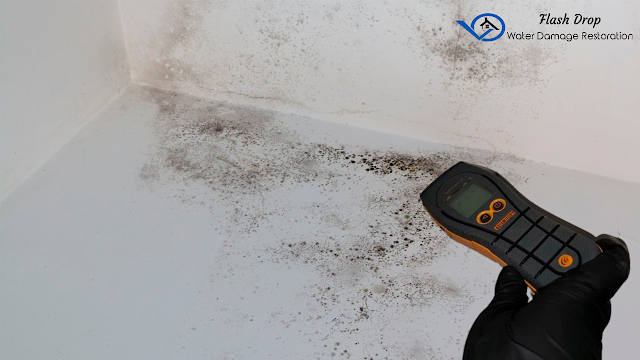How to Prevent Secondary Damage During Water Damage Restoration

Water damage restoration is a critical process that requires swift and effective action to prevent not only the initial damage but also secondary issues that can arise if not addressed promptly. Secondary damage, such as mold growth and structural deterioration, can complicate the restoration process and increase overall costs. In this guide, we'll explore proactive measures to prevent secondary damage during water damage restoration. 1. Swift Water Extraction: The first and most crucial step in preventing secondary damage is the swift extraction of standing water. Delay in water removal allows moisture to penetrate building materials, leading to structural issues and creating an environment conducive to mold growth. Professional water extraction equipment should be employed for efficient removal. 2. Thorough Moisture Detection: Utilize advanced moisture detection tools to identify hidden pockets of moisture in walls, ceilings, and flooring. Even seemingly dry surfaces can retain...
